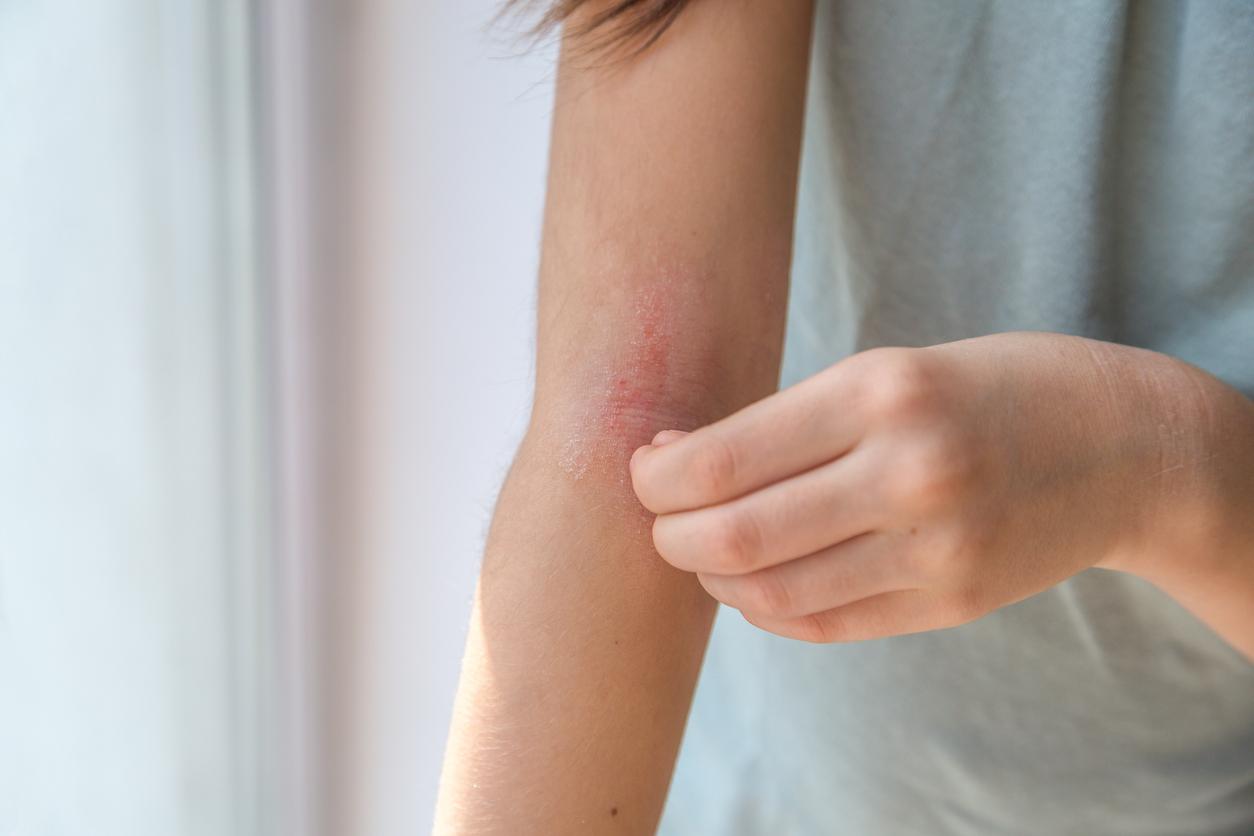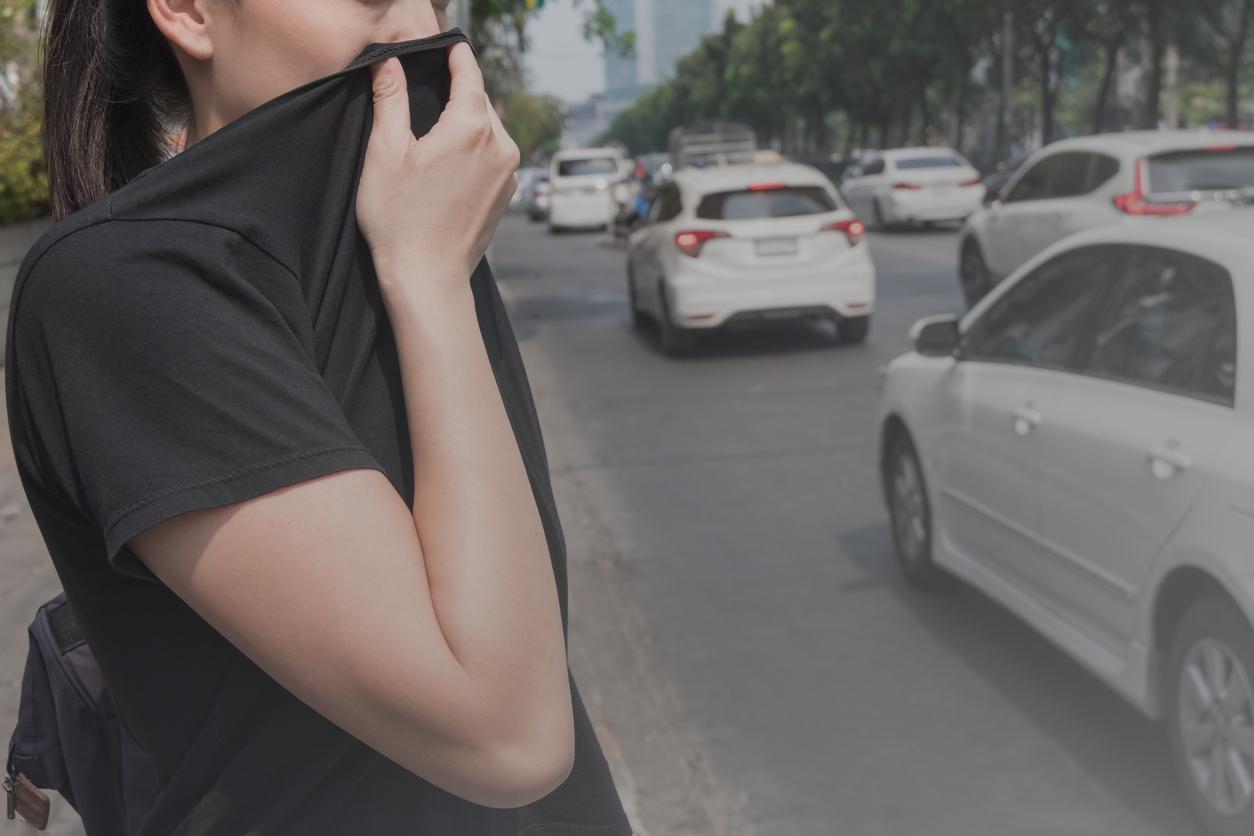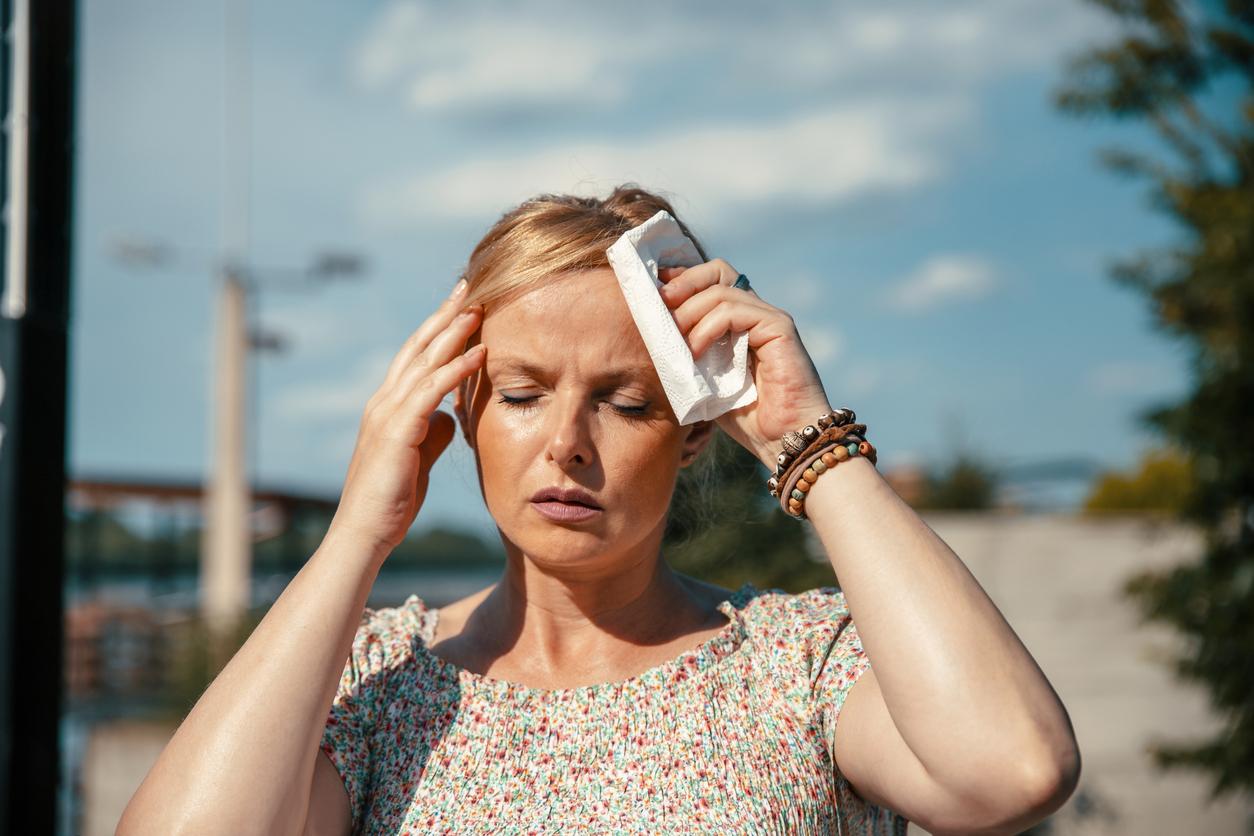Asthma attacks are often associated with spring and pollen. However, the cold and winter can also put asthmatics in great difficulty. Pulmonologist Jean-Philippe Santoni, member of the Fondation du Souffle, shares his advice for managing this chronic disease when temperatures drop.

Why Doctor: How many people are affected by asthma in France? Which are the most affected?
Dr Jean-Philippe Santoni of the Breath Foundation : Asthma is a very common respiratory disease. The WHO estimates that there are 260 million people with asthma, more than the population of the United States. In France, 4 million people suffer from it, half of whom are children.
Boys are slightly more affected before puberty, while in adulthood, there are slightly more women. For what ? Some asthma stops at puberty without us really knowing why. Hypotheses suggest that this could be linked to hormonal phenomena.
However, there is not one asthma, but asthmas. The causes and clinical expressions are very different from one patient to another. We do not yet know the direct and unique cause of asthma. On the other hand, we know that there are family predispositions. The risk of developing asthma is higher if other family members already have asthma. The disease is also more common in people with allergies. Urbanization also plays a role. More recently identified factors, we now know that premature babies as well as children whose one or two parents smoke have a greater risk of being asthmatic. Furthermore, infants who have had repeated bronchiolitis (at least 3) have a greater risk of developing asthma as they grow up. Finally, overweight and obesity are other risk factors in both children and adults.
“Two important elements can cause asthma in winter”
We often associate asthma with the pollen season, but it is a chronic disease that is always present in winter. What are the risk factors that trigger attacks for asthmatics when it is cold?
Two important elements can cause asthma in winter. The first is exercising in the cold. Cooling the mucosa of the respiratory tract will inhibit their infection-fighting mechanism. The ciliary functioning of the mucous membranes is stopped or reduced without knowing why, and this promotes irritation of the small bronchi located downstream.
The second element is that the cold inhibits the functioning of certain white blood cells which normally attack viruses, microbes and certain particles.
Furthermore, there is a secondary consequence to winter. People are more often in confined spaces (their home, their office, etc.) than outside. However, indoors, the air is more polluted. There are many more viruses, but also more pollutants. The first is tobacco. It is the cause of many asthma attacks. When air quality is poorer, the respiratory system is more stressed, and the risk of asthma attacks and infections is greater.
“Asthmatics who contract the flu have a greater risk of developing pneumonia”
What are the risks and consequences of asthma?
Asthma is an unstable chronic disease: it occurs in attacks. But for most asthma cases, between attacks, there are no consequences. Respiratory function is normal between attacks. On the other hand, people whose asthma is poorly controlled, most often linked to poor follow-up of treatments, may suffer from sleep disorders, because attacks often occur at night. They also frequently experience fatigue and difficulty concentrating. The other consequence is absenteeism, especially at school. It is the leading cause of school absenteeism in France.
Concerning severe asthma, i.e. around 10% of cases, the consequences can be even more serious. Patients are admitted to hospital for treatment, and this can lead to death from respiratory failure. It’s rare, but it’s dramatic.
We still have around 900 deaths per year, including around sixty children in France. Asthma is therefore a chronic disease that is potentially serious and very anxiety-provoking.
Are there any complications specific to the winter season?
Asthma complications during winter are mainly linked to respiratory infections. Asthmatics who contract the flu have a greater risk of developing pneumonia or having an asthma exacerbation, that is to say, they have more frequent and more severe asthma attacks.

Asthma: “Limit physical activity outside when it is cold”
How to reduce the risk of asthma attacks in winter?
One of the difficulties we face is patient compliance with treatment, that is to say, proper follow-up of treatment. It can be complicated, because between attacks, the asthmatic does not feel any respiratory problems, so he or she may forget to take his or her treatment.
The main recommendation is to carefully follow the personalized action plan – developed by the multidisciplinary team (doctor, pharmacist, physiotherapist, nurse) who follows the asthmatic person. As asthma can be different, the care offered varies from one patient to another.
There are also general tips to follow in winter. Vaccination against influenza is an important precaution against complications such as pneumonia and the exacerbation of asthma already mentioned.
Outside, you should cover your mouth and nose with a scarf to breathe less cold air. It is also preferable to breathe through your nose, because it helps filter, warm and humidify the air. It is a natural filter even more effective than a mask.
Fourth precaution: limit physical activity outside when it is cold. Clarification: physical activity remains recommended for asthmatics. This allows for better support. But you should avoid doing it outside if the air is too cold or too dry. And even if the temperatures are not too cool, there is a precaution to take before doing sport: you must warm up for around fifteen minutes to accustom your bronchi to the temperature.
Another important point in both winter and summer: hydrate well. We think about it less in winter, but it’s important. Dryness of the mucous membranes is one of the triggering factors for asthma attacks.
Indoor air pollution and asthma: “You must also ventilate for at least 15 to 20 minutes twice a day”
And how can we fight against indoor air pollution, another risk factor for attacks for asthmatics?
You must also ventilate your home or the premises you occupy for at least 15 to 20 minutes twice a day. Three times is better.
If possible, it is also a good idea to sleep with the window open, because the quality of indoor air is less good than that of outdoor air. And this, even in the event of a pollution peak.
To improve air quality, we must also limit sources of indoor pollution: tobacco, certain paints, certain fittings, certain carpets and even household products. You must be particularly careful with aerosols.
Another precaution to take for asthmatics: vacuuming. I recommend the bagged ones, because when opening the bagless devices, dust can escape and trigger asthma attacks.

















